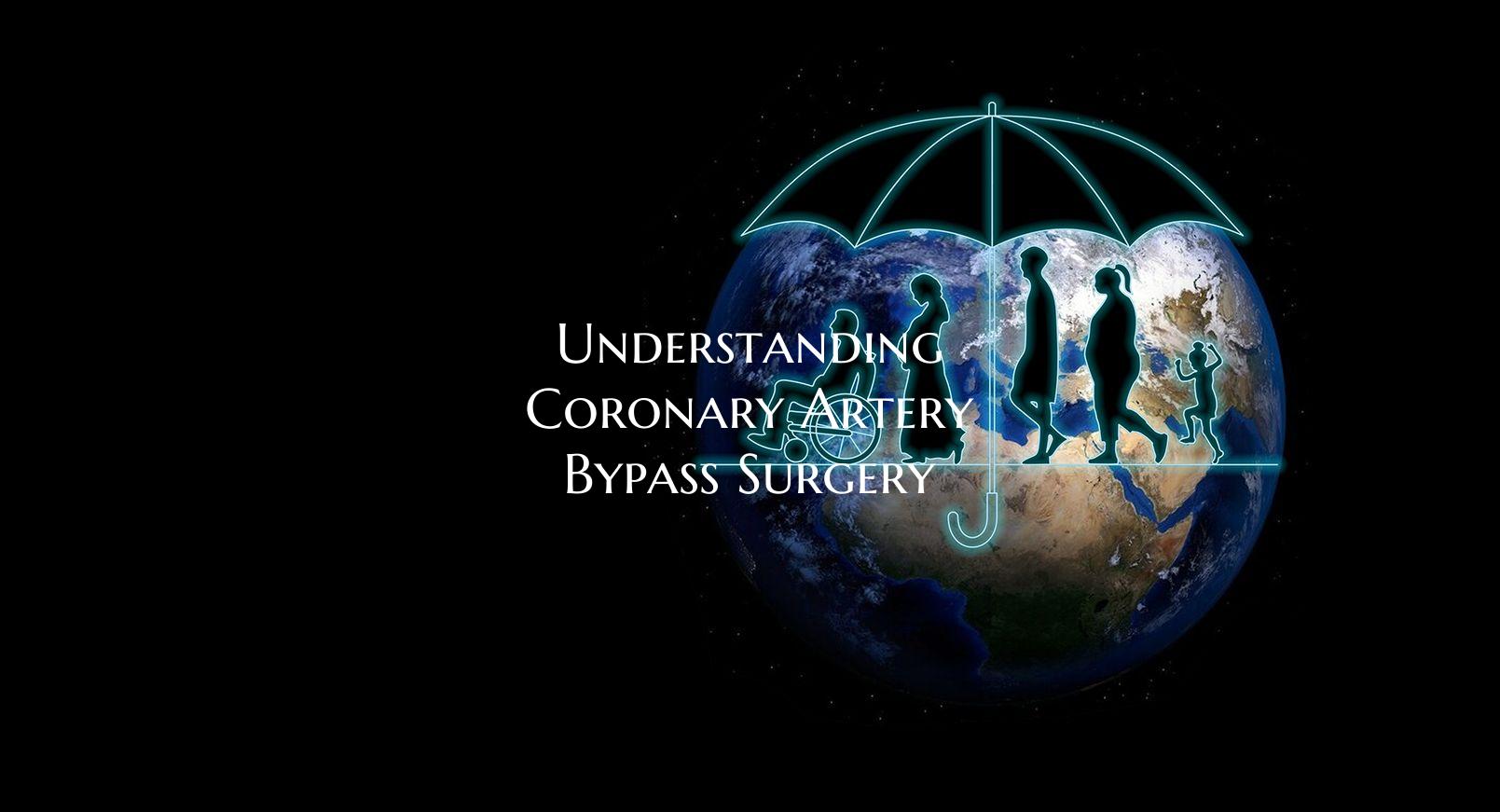
Understanding Coronary Artery Bypass Surgery
Coronary artery bypass surgery, also known as bypass surgery or CABG (coronary artery bypass grafting), is a common procedure used to restore blood flow to the heart when the arteries have become narrowed or blocked. This surgery is typically recommended for people with severe coronary artery disease, a condition where plaque buildup restricts blood flow to the heart muscle.
During a coronary artery bypass surgery, a surgeon creates new pathways for blood to flow to the heart by using blood vessels from other parts of the body. This rerouting allows oxygen-rich blood to bypass the blocked or narrowed arteries, improving blood flow and reducing the risk of a heart attack.
The decision to undergo coronary artery bypass surgery is typically made after other treatments, such as medication or lifestyle changes, have not been successful in managing the symptoms of coronary artery disease. Common symptoms that may indicate the need for bypass surgery include chest pain (angina), shortness of breath, and fatigue.
The recovery period after coronary artery bypass surgery can vary depending on the individual's overall health and the complexity of the surgery. Most patients will need to stay in the hospital for a few days to a week following the procedure. It is important to follow the post-operative care instructions provided by the healthcare team to ensure a smooth recovery.
While coronary artery bypass surgery is a major procedure, it is generally safe and effective in improving blood flow to the heart and reducing symptoms associated with coronary artery disease. By understanding the process and potential benefits of bypass surgery, patients can make informed decisions about their heart health and overall well-being.